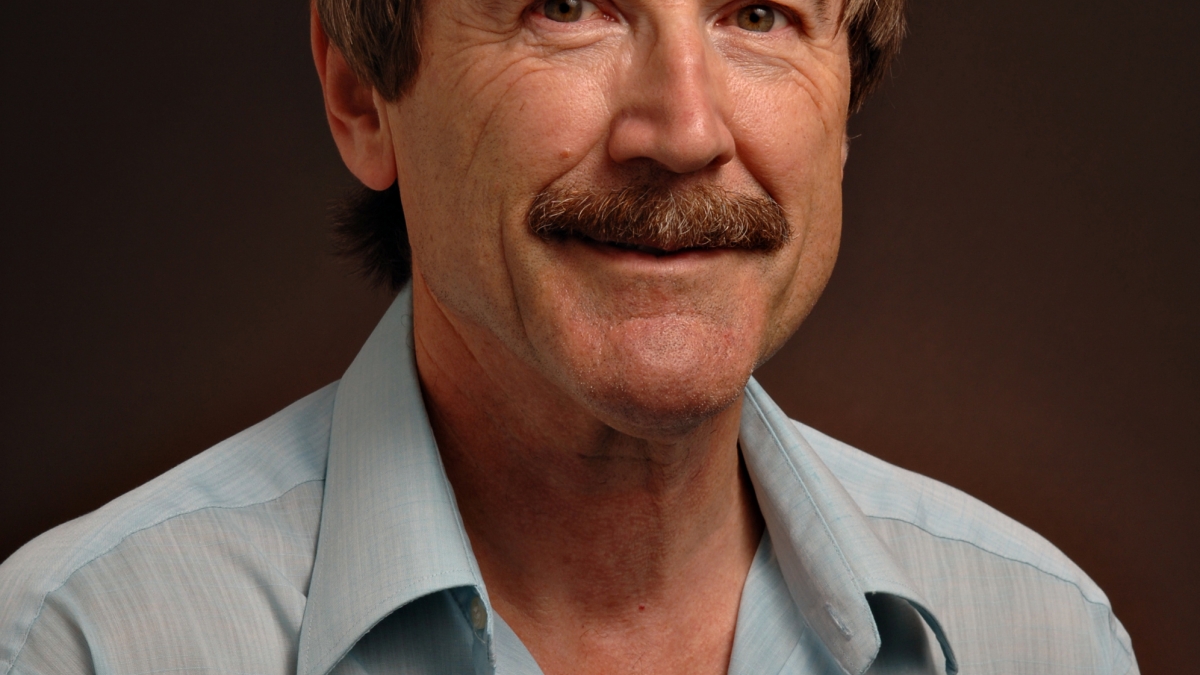ASU, USC bring hybrid perspective to cancer research

When the National Cancer Institute was looking for homes for its fledgling Physical Sciences Oncology Centers, they looked to Arizona State University and the University of Southern California to lead two of these "think outside the box" centers.
Both ASU and USC landed one of the prestigious centers, which are focused on new, and innovative scientific approaches to better understand and control cancer.
For example, Arizona State’s new Physical Sciences-Oncology Center is headed by renowned physicist Paul Davies, who has spent his career tackling the big questions, such as the origin of the universe and the beginning of life. Now he also is focusing on the persistence and spread of cancer, often bringing a fresh perspective to this age-old disease.
“I came into the field of cancer unencumbered by any knowledge,” Davies said.
One recent hypothesis advanced by Davies’s center is that “cancer is not a random bunch of selfish rogue cells behaving badly, but a highly efficient pre-programmed response to stress, honed by a long period of evolution,” Davies said. “Tumors are a re-emergence of our inner Metazoan 1.0, a throwback to an ancient world when multi-cellular life was simpler,” he added. “In that sense, cancer is an accident waiting to happen.”
They believe this because cancer revisits tried-and-tested genetic pathways going back a billion years, to the time when loose collections of cells began cooperating in the lead-up to fully developed multi-cellular life.
At the University of Southern California, the Physical Sciences-Oncology Center is a consortium of universities. Partnering in the USC grant is ASU, Caltech, Cold Spring Harbor Laboratory, New York University, Stanford, the University of Arizona and the University of Texas at Austin.
_______________________________________________________________________________________________
Pac-12 Fact: The U.S. News & World Report list of "up-and-coming" schools includes ASU and USC, tied at No. 8. The ranking, based on peer nominations, recognizes institutions that have made the most promising and innovative changes in the areas of academics, faculty, student life, campus and facilities.
_______________________________________________________________________________________________
At USC, noted technology innovator and entrepreneur W. Daniel Hillis, research professor of engineering at the USC Viterbi School of Engineering and professor of research medicine at the Keck School of Medicine of USC, is the principal investigator. Before joining USC, Hillis worked in software, entertainment, electronics, biotechnology and mechanical design. He is co-founder of Thinking Machines, a high-performance supercomputer company, and he was the vice president of R&D at Walt Disney Imagineering and a Disney Fellow.
The USC center is focusing on creating a set of “virtual cancer” models based on measurements from individual cancer patients. The models then would be used to simulate cancer growth and predict drug responses for each patient.
The overall goals of the NCI centers (there are 12 of them in total) are to join often disparate areas of science – such as physics, mathematics, chemistry and engineering – to better understand the physical and chemical forces that shape and govern the emergence and behavior of cancer at all levels.